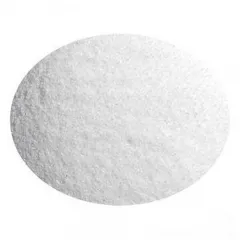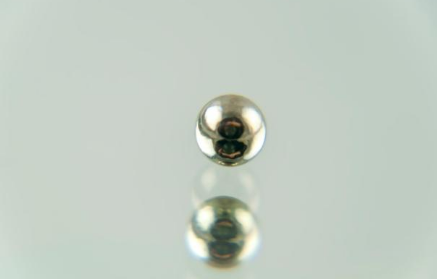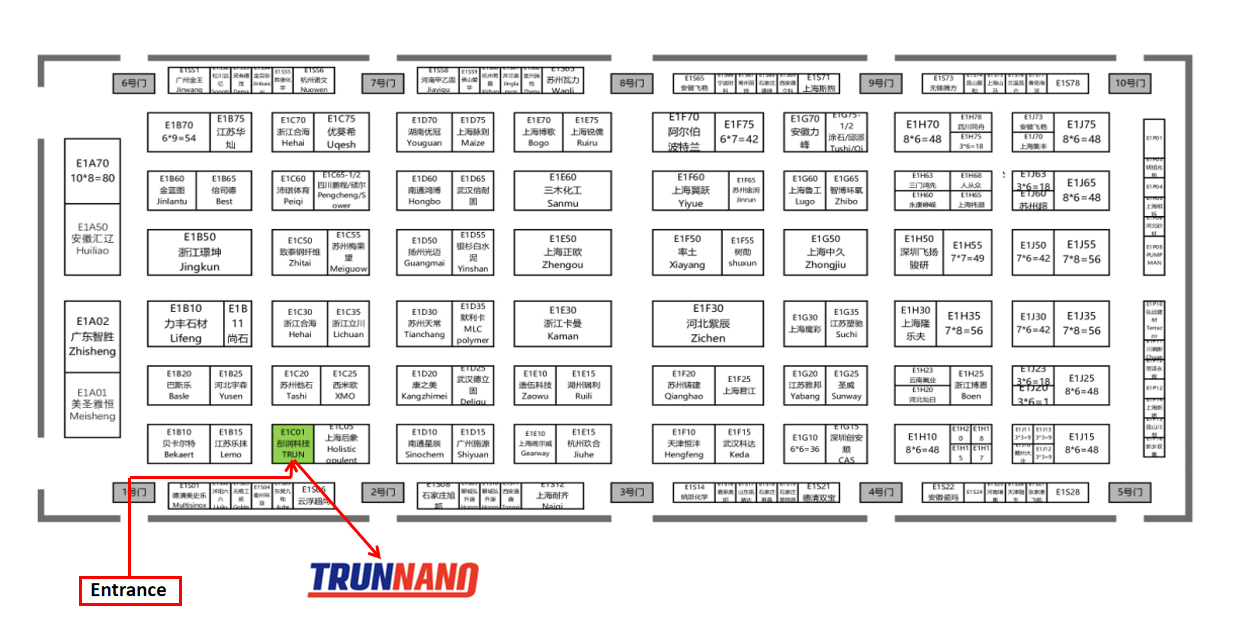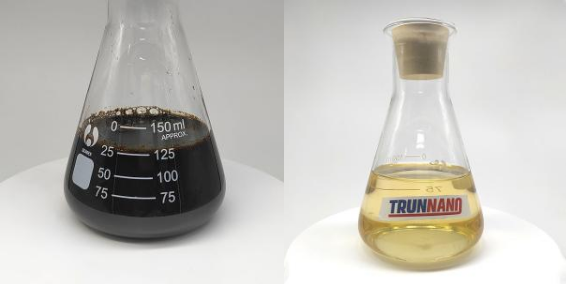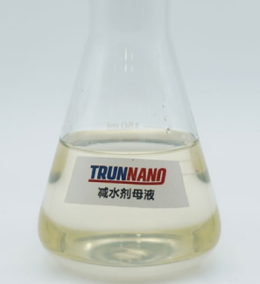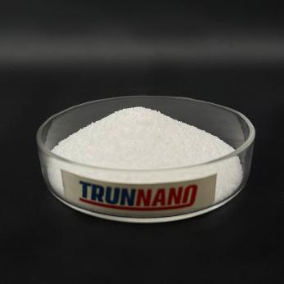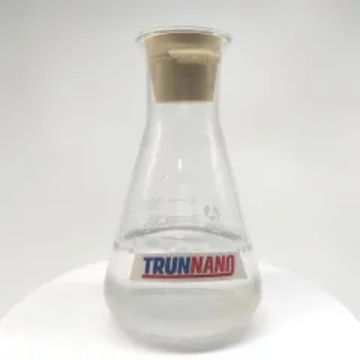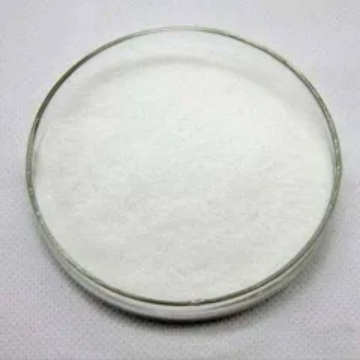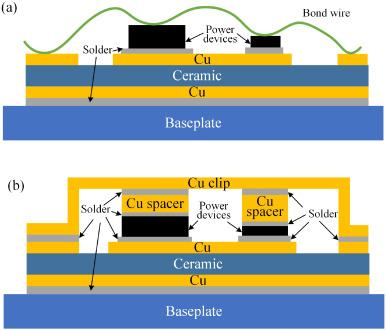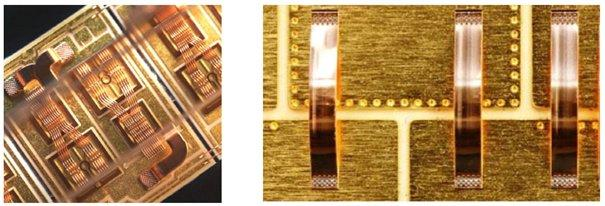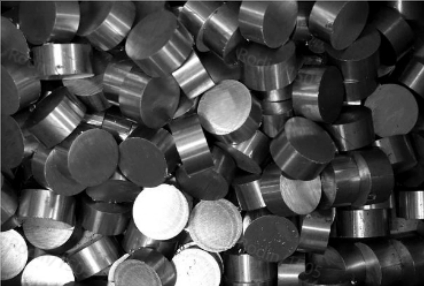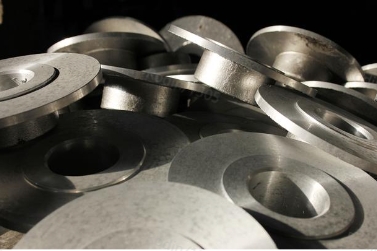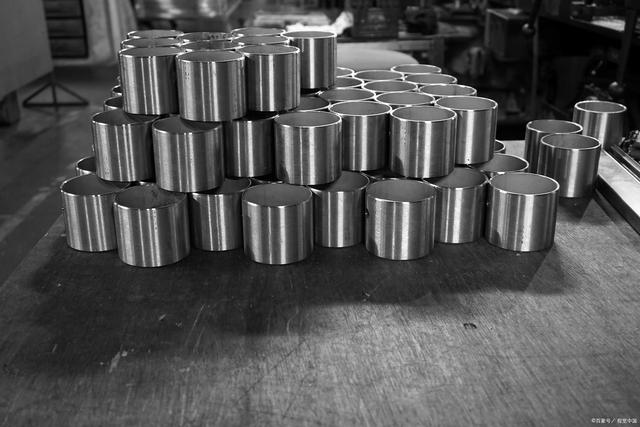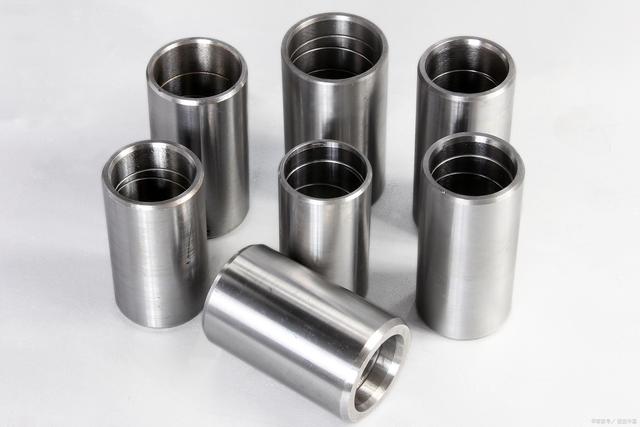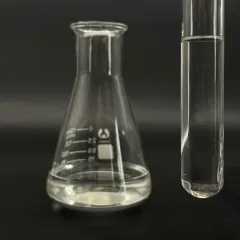Which is the best way to backfill a bathroom
The backfilling of the bathroom is a crucial part of any renovation. Backfilling is an essential part of bathroom renovations. It’s used to stop leakage, protect the pipe, improve thermal insulation, etc. In selecting bathroom materials, you should consider several factors depending on your specific situation. For example, take into account the performance and cost of backfill material as well the environmental protection.
There are five types of backfills available on the market: common slags, carbon-slags backfills (also known as “carbon slag”), ceramics backfills (also known as “ceramic backfills”), overhead backfills and foam cements backfills. We are confused about the different types of backfill:
Backfilling with slag can be cheaper, but because it is heavy and so dense, the slab is more likely to crack. This could lead to leakage of water.
It is cheaper to use overhead backfill because you don’t need as much material.
Since a few decades, foam cement backfilling has been popular. But does it come with any disadvantages?
For your information, here are five bathroom backfill materials with their advantages and disadvantages and some selection advice:
Building debris backfill
Advantages:
The advantages of slag backfill are its lower cost, ease of construction and certain thermal insulation properties.
Disadvantages:
Backfilling with construction waste will damage the waterproofing or the pipeline due to its sharp edges.
Recommendation:
Has been eliminated. This is not a method that should be used. It will cost too much for a family to backfill with construction debris. To protect the waterproofing of the ground, first use fine sand, then red bricks, to protect the pipeline. The backfill should be compacted in layers. Finally, mud-mortar to level the surface will provide good secondary drainage.
Carbon Dregs Backfill
Advantages:
Carbon slag as a backfill has many advantages, including its low cost, ease of construction, lightweight structure, good moisture absorption, and excellent moisture control.
Disadvantages:
However, carbon dregs are not as stable, they can easily deform and fall off. They’re also flimsy.
Recommendation:
In recent years, carbon slag has rarely been chosen as a backfill in bathrooms due to its negatives.
Ceramic Backfill
Advantages:
Ceramic backfill has many advantages including high strength, good insulation and corrosion resistance.
Disadvantages:
Before pouring in the ceramic, use lightweight bricks for layered partition. Divide the bathroom into several squares. Fill the squares with the ceramic, then place a reinforcing mesh with a diameter around one centimetre. Finally, level with cement mortar.
Suggestion: Look at your family’s budget and take it into consideration.
Overhead Backfill
Advantages:
Backfilling with overhead backfill has many advantages, including its simplicity, stability, inability to deform and easy fall-off.
Disadvantages:
Construction takes a long time, and labour costs are higher than other backfilling techniques. The bottom drain is located overhead and will make the sound of running waters more noticeable.
It is important to carefully consider whether the disadvantages of the situation outweigh any advantages.
Foamed Cement Backfill
Advantages:
Foamed cement is an increasingly popular backfill. It is also safe and eco-friendly. The raw material for cement foaming agents, plant-based fat acid, is both safe and environmentally friendly.
Benefits include good heat conservation, light weight, high strength and corrosion resistance. The backfilling process is greatly accelerated and reduced in cost, as it can be filled seamlessly and with very little effort.
Foamed cement can be mixed with cement and used to fix the pipe. If not, the pipe will easily float.
Disadvantages:
It is best to find a builder that has worked with foam cement or look up construction tutorials.
Suggestion:
The majority of people backfill their bathrooms with foamed-cement. Its advantages are still quite obvious.
The five types of backfill for bathrooms all have advantages and disadvantages. In order to choose the right material for your bathroom backfill, you should consider several factors. You must always consider the environment when choosing bathroom backfill materials to ensure the decor of the bathroom is safe and sustainable.
